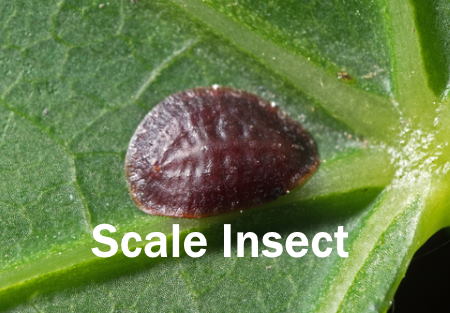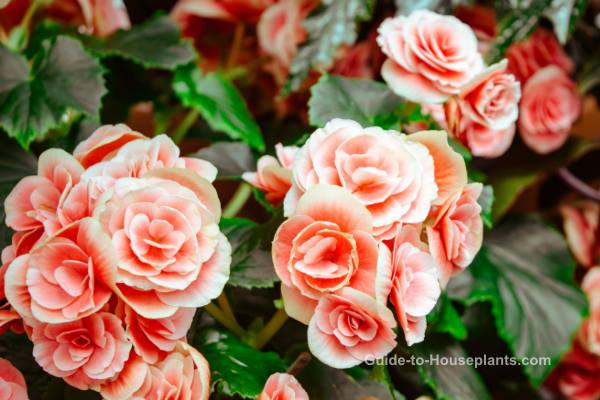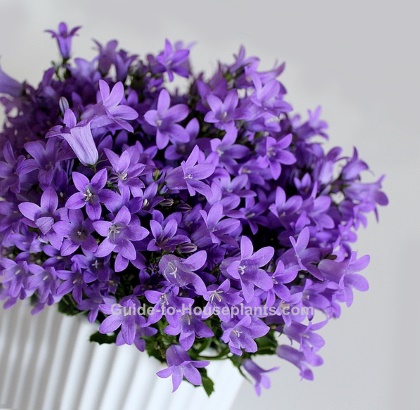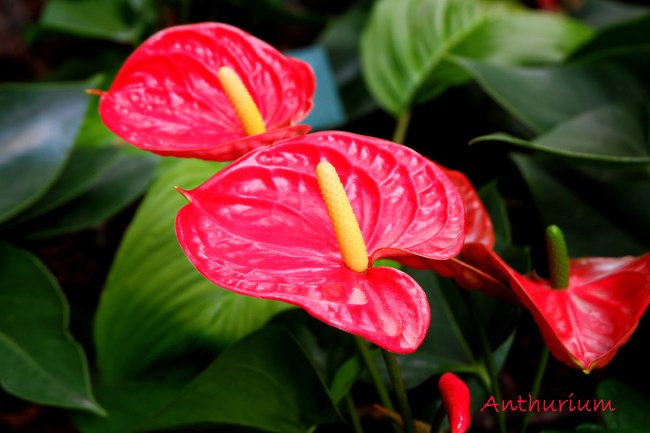Scale Insects: How to Identify
and Get Rid of These House Plant Pests
What They Look Like
Scale are flat, tiny, reddish-brown insects that suck plant juices, leaving a sticky coating on leaves. Adult scale insects develop a hard, round shell which can make them difficult to kill.
 Look for scale on the underside of leaves, near the central leaf vein.
Look for scale on the underside of leaves, near the central leaf vein.Where to Find Scale on Houseplants
Green Thumb Tip
Check your house plants regularly and treat any infestation as soon as you notice it.
Bugs reproduce quickly and will invade other plants, carrying fungus or other disease from one plant to another.
Most scale are found attached to the stems and the backs of leaves, usually along central leaf veins. You may notice the affected areas to be weak and turn yellow. Scale are especially a nuisance to ficus and ferns.
Honeydew is excreted as these insects suck on plant juices. This sticky substance can be found on leaves, and also the floor or table beneath the plant.
How to Get Rid of Scale Insects
Young scale insects can usually be controlled with a spray of soapy water. Use mild dishwashing liquid that doesn't contain fragrance or other additives. Mix 2 teaspoonfuls with 1 gallon of room-temperature water. Use a spray bottle to spray the soapy water and coat the leaves and stems thoroughly. Spray once a week for at least a month or until you no longer find insects. Always rinse off the soapy solution thoroughly with room-temperature water.
Adult scale can be more difficult to remove. If spraying doesn't work, use an old toothbrush dipped in soapy water to scrub them off. Heavily infested areas should be pruned.
Rubbing alcohol kills many house plant insects, including scale. Dab them with a cotton swab soaked in rubbing alcohol. Repeat applications every 2 to 3 days. This works well, but use it with caution. Covering the whole leaf with alcohol damages plant tissue.
If the infestation is bad, use a Bonide® Insecticidal Soap Ready to Use Spray
made for indoor plants. Make sure
your plant is listed on the product label. Read the label carefully and follow the manufacturer's directions for use.


